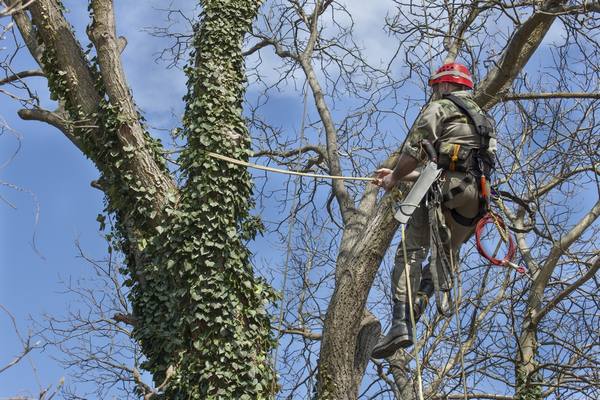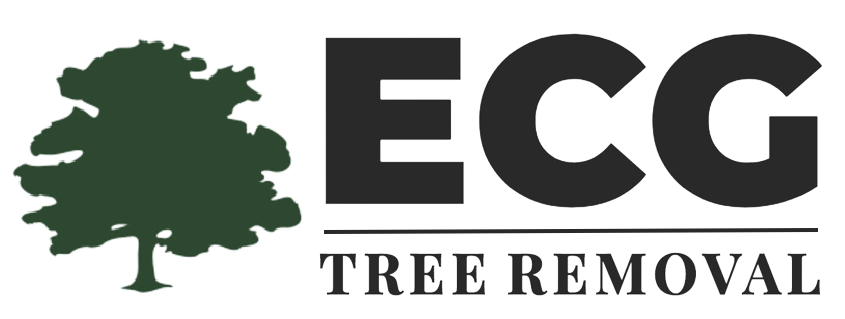
Trimming & Pruning
It’s what we know best – how to remove your trees properly to keep your property pristine and in a safe way so you can rest easy while we get the job done.
Intro To Tree Trimming
Tree trimming and pruning are essential maintenance practices that keep trees healthy and safe. These services are performed by trained arborists who have the knowledge, skills, and tools needed to safely and effectively care for trees. Tree trimming involves removing dead, diseased, or damaged branches, as well as those that are crossing or rubbing against each other, to promote healthy growth and prevent the spread of disease. Tree pruning, on the other hand, involves removing selected branches to shape the tree and promote good structure, as well as to improve its appearance and health.
Both tree trimming and pruning are important for the overall health and safety of the tree, as well as for the safety of the people and property around it. Overgrown or poorly maintained trees can pose a risk to buildings, power lines, and other structures, as well as to people walking or driving below. Proper tree maintenance can help prevent these risks by removing dead, diseased, or damaged branches and promoting healthy growth patterns.
In addition to safety and health benefits, tree trimming and pruning can also help enhance the appearance of a property. Trees that are trimmed and pruned regularly look neat, tidy, and well-maintained, which can increase property values and enhance curb appeal.
Tree Trimming Methods
Professional tree trimming services use a variety of methods to care for trees, depending on the tree’s species, size, and location. Some of the most common methods used by professional tree trimming services include:
Crown Reduction: This method is used to reduce the overall size of the tree’s crown, which is the uppermost branches and foliage. Crown reduction is often performed to reduce the risk of damage from strong winds or to clear overhead power lines.
Crown Thinning: This method involves removing select branches from the crown of the tree to reduce density and improve light penetration. Crown thinning helps to promote good air flow and reduces the risk of damage from wind and heavy snow.
Crown Cleaning: Crown cleaning involves removing dead, diseased, or damaged branches from the crown of the tree to improve its overall health and appearance. This method can also help to prevent the spread of disease from infected branches to healthy parts of the tree.
Selective Pruning: Selective pruning is the process of removing specific branches to shape the tree, improve its structure, and promote healthy growth. This method is often used to control the size and shape of a tree, as well as to remove branches that are crossing or rubbing against each other.
Hazardous Tree Removal: This method is used when a tree is dead, diseased, or otherwise hazardous, and needs to be removed to protect people and property. Hazardous tree removal is a complex and dangerous process that should only be performed by experienced professionals.
All of these methods are performed using specialized tools and techniques, and are guided by industry standards and best practices to ensure the safety and health of the tree. Professional tree trimming services are trained to carefully assess a tree’s condition and recommend the best approach to care for it.
Trimming vs Pruning
Tree trimming and tree pruning are two important practices that are used to maintain the health and appearance of trees, but they are different in their methods and goals.
Tree trimming is the process of removing dead, diseased, or damaged branches from a tree, as well as those that are crossing or rubbing against each other. The goal of tree trimming is to promote healthy growth, improve the tree’s overall structure, and prevent the spread of disease. Tree trimming is often performed to remove branches that pose a safety hazard or that interfere with power lines or other structures.
Tree pruning, on the other hand, is a more selective process that is used to shape and maintain the overall form of the tree. Tree pruning involves removing specific branches to promote good structure, improve the tree’s appearance, and encourage healthy growth patterns. This method is often used to control the size and shape of the tree, and to remove branches that are crossing or rubbing against each other.
Costs of Tree Trimming
The cost of professional tree trimming and pruning services can vary greatly, depending on a number of factors, including the size of the tree, the complexity of the job, and the location of the property. Here are a few factors that can influence the cost of these services:
Size of the Tree: Larger trees typically require more time, effort, and equipment to trim or prune, which can increase the cost of the job. Trees that are taller or have more complex canopies may also require specialized equipment or additional workers to complete the job safely and effectively.
Complexity of the Job: Jobs that are more complex, such as removing hazardous trees or pruning trees in hard-to-reach areas, may require more expertise and specialized equipment, which can drive up the cost.
Location of the Property: The cost of professional tree trimming and pruning services can vary depending on the region and the local cost of living. In general, tree services in urban areas may cost more due to the higher cost of living, while services in rural areas may be less expensive.
On average, professional tree trimming and pruning services can cost anywhere from $150 to $1,500 or more, depending on the size and complexity of the job. Ultimately, the cost of professional tree trimming and pruning services is an investment in the health and safety of your trees, as well as in the appearance and value of your property. Choosing a reputable, professional tree service that provides quality work at a fair price is a smart investment that can help protect your trees and your property for years to come.



